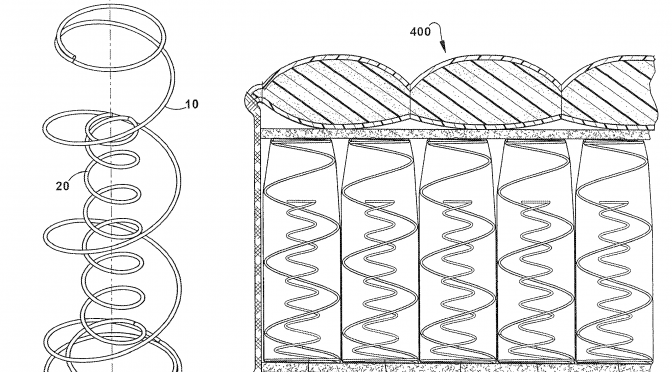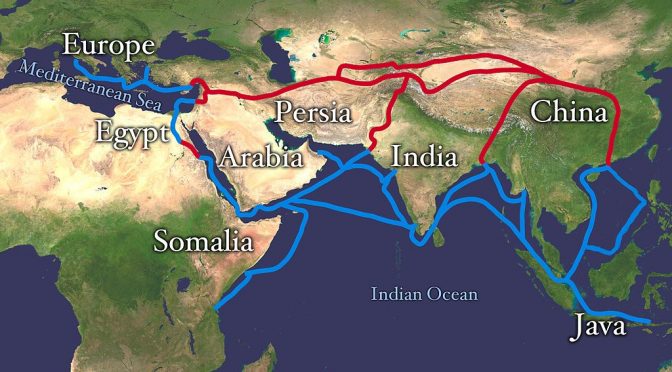"Don't Let the Bedbugs Bite" A very old wish for a good night's rest is "Sleep tight, and don't let the bedbugs bite." This is testimony to the fact that bed bug bites can disturb sleep, robbing a person of needed rest. Bed bugs have been recorded in ancient history, being mentioned as early as 400 BC. The historical accounts of these insects indicates their spread from the Mediterranean region to northern Europe, then to North America. Our word "bug" is derived from bugge, the original...










